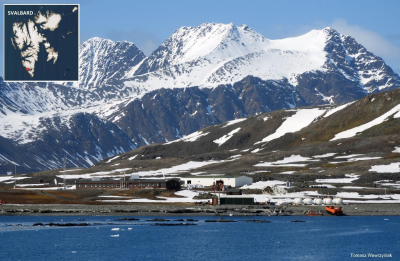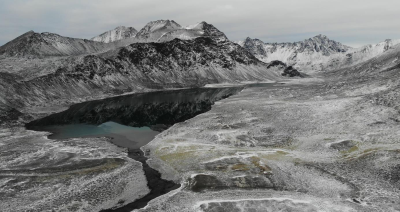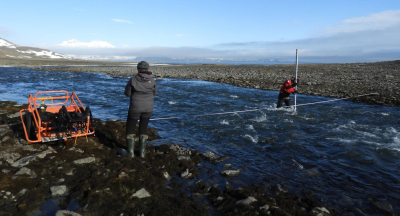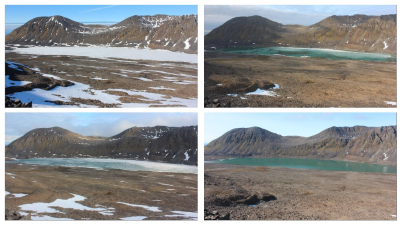Project: State of Revvatnet hydrodynamics in the year 2020 (StaRev), funded by SIOS Access Programme in 2021.
by Tomasz Wawrzyniak
Arctic regions are highly impacted by the ongoing climate change and high−latitude lakes are of particular interest as they are sensitive ecosystems. As they lie in a pristine and remote environment, not under direct anthropogenic impact, lakes also allow us to understand the potential impacts of climate change and its consequences. Svalbard is characterized by relatively poor availability of hydro-climatological data from in situ measurements, and each data set is highly valuable for validation of assumptions, description, and parametrization of processes which, by all means, improve our understanding of natural processes.
The hydrological activity in the lake system Revvatnet has a seasonal character and is influenced by the variability of the thermal-radiation factors (atmospheric influence) together with precipitation, snow and ice cover, surface flow and groundwater sources. Thermal regimes in streams reflect the balance of numerous physical processes that cause heating or cooling with short- (e.g., hourly, daily) or long-term (e.g., annual, decadal) temperature trends due to changes in the relative importance of these processes through time. Results of water temperature measurements are characterized by large variation. Comparison of multiple variables helps us to understand the major sources of water temperature variability in the catchment. In late autumn water in streams freezes up, lake surface ice appears and remains frozen during winter and spring.
The goal of the investigations conducted in 2021 was to provide comprehensive information on the hydrodynamic state of the lake system Revvatnet, inflows, the outflow, and its surroundings. We expanded existing measurement networks into new locations, starting new monitoring techniques and methodologies, that will be continued as a part of limnological monitoring conducted by the Polish Polar Station Hornsund. It will link the existing datasets from nearby meteorological stations and will give the comparison to the monitoring conducted by UNIS since 2003 at Linnévatnet.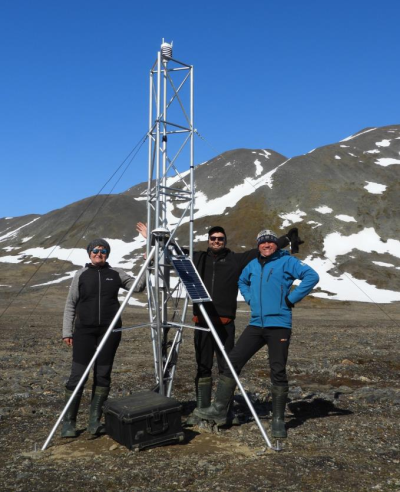
Figure 1 (above). 2021 StaRev crew and a new meteorological station in Revdalen (MAWS 201)
Figure 2 (below, left to right). Polish Polar Station Hornsund (https://www.youtube.com/watch?v=0XhRFxZYRUo), Figure 3. Revvatnet in Revdalen, Figure 4. Gauging point - measuring the cross-section of Revelva, Figure 5. Revvatnet surface ice melt
